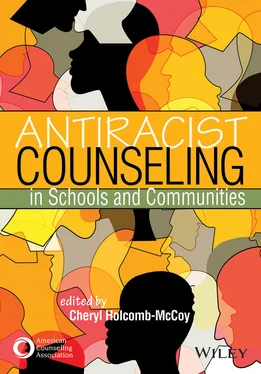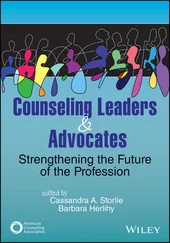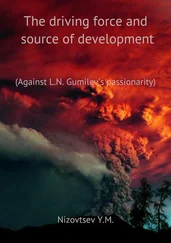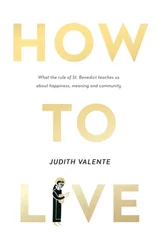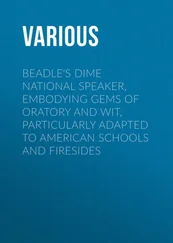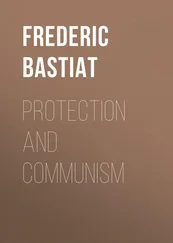1 ...8 9 10 12 13 14 ...21 To publish a journal and other scientific-educational and professional materials with the purpose of raising the standards of all who work in providing counseling, wellness, and mental health. (AMCD, n.d., “Our Mission”)
In April 1991, AMCD approved Sue et al.’s (1982) rationale for a multicultural and/ or cross-cultural perspective in counseling. AMCD proposed 31 multicultural counseling competencies and strongly encouraged ACA (then known as the American Association of Counseling and Development) to adopt the competencies in accreditation criteria. The competencies were approved and became a standard for counseling training and practice (Sue, Arredondo, and McDavis, 1982).
Box 3 Scholars: Social Justice Counseling and Advocacy
Mary Smith Arnold, PhD
Fred Bemak, PhD
Stuart Chen-Hayes, PhD
Rita Chung, PhD
Reese House, PhD
Michael Hutchins, PhD
Mark Kiselica, PhD
Judith Lewis, PhD
Manivong Ratts, PhD
Anneliese Singh, PhD
Rebecca Toporek, PhD
Edil Torres-Rivera, PhD
Social Justice Counseling and Advocacy
In 1994, a group of counseling professionals convened to better commit to multiculturalism and broader social justice issues. The group members represented many organizations within ACA, such as AMCD, the Association for Specialists in Group Work, and the National Career Development Association. After numerous meetings with ACA leadership, the group became an organizational affiliate in 1999 and was called Counselors for Social Justice (CSJ; J. Anderson et al., 2015). In 2000, the ACA Governing Council accepted CSJ as an official division of ACA, making it an additional division devoted to the concerns of Black and Brown populations, but with a broader focus than just racism. With social justice as a focal point, CSJ advocates for health care, for access for the disabled, against discrimination of sexual and gender minorities, for immigration, and against economic disparities.
In 2003, CSJ promoted the endorsement of the ACA Advocacy Competencies (Toporek et al., 2009). These competencies laid the groundwork for counselors intervening for systems change. Since 2007, CSJ has partnered with Psychologists for Social Responsibility to publish the Journal for Social Action in Counseling and Psychology , a leading journal in the field.
In 2015, the ACA Governing Council approved a new set of competencies that blended the Multicultural Counseling Competencies (Sue et al., 1982, 1992) with the Social Justice Counseling Competencies put forth by CSJ. The new competencies, called the Multicultural and Social Justice Counseling Competencies, specifically highlight the intersection of identities and the dynamics of power, privilege, and oppression that influence the counseling relationship. The domains reflect the different factors that lead to multicultural and social justice competence: awareness, client worldview, counseling relationship, counseling, and advocacy interventions (Ratts et al., 2015). See Box 3 for social justice scholars.
The beauty of antiracism is that you don’t have to pretend to be free of racism to be an antiracist. Antiracism is the commitment to fight racism wherever you find it, including in yourself. And it’s the only way forward.
—Ijeoma Oluo
Recently, literature about racism and antiracism—like Ijeoma Oluo’s So You Want to Talk About Race , Ibram Kendi’s How to Be an Antiracist , and Robin DiAngelo’s White Fragility —has risen to the top of the New York Times best sellers list. But what is antiracism? Simply put, being antiracist refers to taking an active approach to dismantling racist practices, racial hatred, systemic racism, and the oppression of historically oppressed racial groups. In Britain, antiracism evolved as a critique of the multicultural education movement, which some believed accepted deficit perspectives of Black and Brown students and ignored the systems and policies that resulted in uneven student outcomes (Gillborn, 2006). Thus, antiracism in education focuses on the dominant systems that uphold racist views and ideas, like standardized testing, curriculum, educator preparation, discipline, and other schooling policies that disproportionately impact Black and Brown communities.
Although there is a plethora of literature on the history of slavery in the United States and on movements against slavery (e.g., abolition), there is a lack of literature describing the history of antiracist thought. William Lloyd Garrison emerged as a prominent abolitionist and early antiracist. Garrison founded the newspaper The Liberator and the American Anti-Slavery Society. Initially fearful of integrating former slaves into white society, Garrison later talked about his flawed thinking, openly discussed the horrors of slavery, and advocated for abolition.
Herbert Aptheker (1992), a historian and controversial political activist, wrote one of the few U.S. books to use antiracism as a construct before the 2000s. The book, titled Anti-Racism in U.S. History: The First Two Hundred Years , challenged the view that whites universally accepted racism. Aptheker attempted to debunk the myth that white people never cared about the plight of African Americans until just before the outbreak of the Civil War.
Angela Davis, a feminist and political activist, has written extensively about antiracism and more specifically the idea that antiracism must disrupt the social constructions of both race and gender (Davis, 1981, 1985). For many years, Davis has argued that racism, sexism, capitalism, and heterosexism work together to compound oppression. Her famous quote “In a racist society it is not enough to be nonracist, we must be antiracist” has become popular and is a defining aspect of today’s conceptualization of antiracism.
Anti-Black racism is typically characterized as prejudice and bias that is directed at people of African descent. At the core of anti-Blackness is a devaluation and marginalization of Black people through policies and practices, such as continued overpolicing in Black communities, the criminalization of Black children, and brutality against Black people in general. Colorism, a type of discrimination in which lighter skin is privileged over darker skin, is aligned with the concept of anti-Black racism. Non-Black people with dark skin, such as Native Americans or darker Cuban Americans, are often faced with anti-Black racism.
The Black Lives Matter (BLM) movement has highlighted the global history of anti-Black racism and simultaneously propelled a national focus on antiracism. BLM, founded in 2013 in response to the killings of unarmed Black people, has become a global movement to eradicate white supremacy and combat anti-Black racism. The popularity of BLM has grown dramatically since 2013. Public opinion on BLM was net negative in 2018 and grew increasingly popular throughout 2019 and 2020. A June 2020 poll found that 67% of adult Americans expressed some support for the BLM movement. This shift in support indicates increased societal understanding of systemic injustices based on race and targeted violence toward Black people. It is essential to recognize that acknowledging that Black lives matter does not negate anyone else’s life or imply that others do not matter. In a society in which the experiences and input of Black and Brown populations are not honored and racist policies are common, counseling professionals must speak out against unjust and racist systems.
The increased incidence of anti-Asian and anti-immigrant racism—fueled in part by former President Donald Trump’s xenophobic response to novel coronavirus and immigration policies—has prompted an outcry among Asian American and immigrant communities, sparking nationwide protests led by the rallying cries “Stop Asian Hate” and “Defund Hate!” Some people still have trouble grasping the idea that Asian Americans can be victims of racism at all, in part because of the myth of the model minority—the narrative that Asians have managed to succeed economically and educationally in the United States, especially in comparison with other racial groups.
Читать дальше
